The U.S. embraces personal responsibility. But is our emphasis on health care over social services the result of blaming those in need?
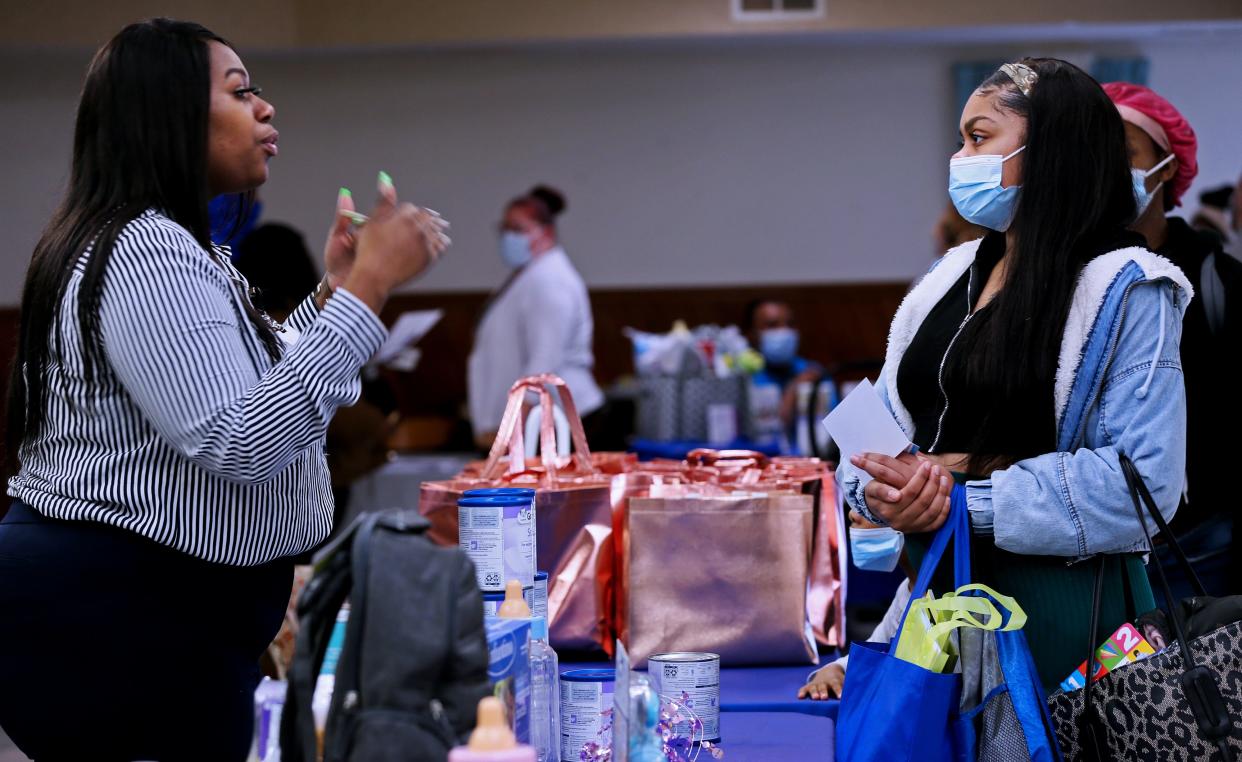
In a typical flu season, the cost of saving one life is about $1.4 million. A similar calculation puts the cost of saving one life with high blood pressure at about $8 million.
HEALTH DRIVERS | HOUSING NEEDS | A NATIONAL MODEL | FOOD INSECURITY
Those estimates, by Peter Muennig of Columbia University, are just two examples of the value we place on medicine and health services. And for the most part, no one questions whether the spending is worthwhile.
Roughly $8 million also is the cost of providing housing vouchers, which limit rent to 30% of a person or family's income, to about 600 households.
But the United States, virtually alone among developed countries, tends to be much more willing to accept the cost of high-tech treatment and cathedral-like hospitals than it is to accept the cost of affordable housing.
For some people, stable and safe housing could do more to improve health and well-being.
Why the paradox?
For one thing, increasing social spending means taking money from some people and giving it to others.
For another, there is skepticism — reinforced time and again — about whether government programs, or programs that receive government funding, are accountable and actually work.
That skepticism "has been built over years through political rhetoric and government failures,” said Charles Franklin, a professor of law and public policy, and director of the Marquette Law School Poll.
Perhaps deeper than that, however, is the value the United States places on personal responsibility. It's at the core of the idea of the American Dream, that success can be achieved through hard work, determination and initiative.
“There's a dominant ideology of individual responsibility that underlays all of this — that says it's up to you to survive through your own decision-making and your own willpower — despite having created conditions that make it incredibly difficult, particularly in communities that struggle with resources, poverty and these kinds of challenges,” said Jeff Niederdeppe, a communications professor at Cornell University.
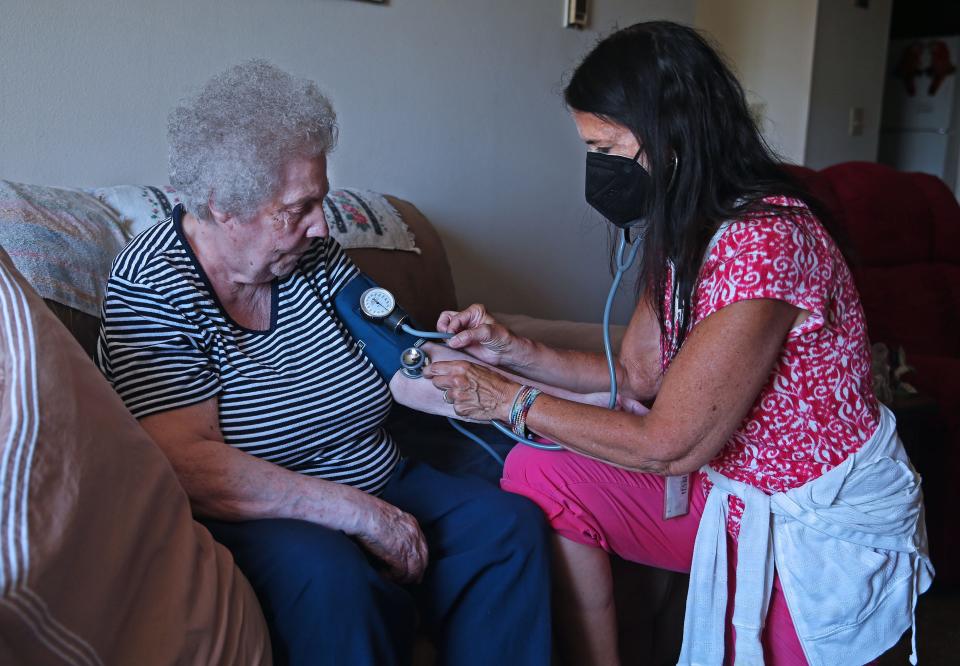
Research on how readers interpret stories about poverty, for example, shows they often focus on even the smallest story element that suggests some sort of individual fallibility, Niederdeppe said.
The response, perhaps unconscious, often is: “Oh, well that explains it. That person just made bad choices,” he said.
That's not to say people don't want to support helping those who are less fortunate, particularly children, people with disabilities and the elderly. Polls consistently show this, Franklin said.
But there's an underlying strain of thought that conditions like inadequate housing and food insecurity are the result of faulty character, not to be rewarded.
That mindset can even extend to school lunches.
Last year, the Waukesha School Board struggled with whether to extend federally funded meals to students. One board member said the program made it easy for families to "become spoiled." An administrator said he feared there would be a "slow addiction" to the service.
Yet physicians, economists and policy analysts point to dozens of studies that show addressing social determinants — affordable housing, adequate food, transportation, good-paying jobs, education, and safe neighborhoods — can improve overall health and, at times, save money.
In their eyes, we're at times penny wise and pound foolish.
Outperformed on health measures
The United States spends far more on health care — more than $4 trillion in 2020 — and far less on social programs, relative to the size of its economy, than other developed countries. Yet those countries outperform the United States on many measures of overall health.
An extensive report by Rand Corp., which does policy research and analysis, found that countries spending more money on social services have better health outcomes, even when tested in many ways, and that social spending seems to have a particularly strong relationship with health outcomes.
The report also found that the connection seems to be even stronger when long-term outcomes are considered — and stronger still in countries with more inequality.
But spending on health care and spending on social programs are in different ledgers in the United States — and viewed differently. We may complain about health care costs and inefficiencies, but few quibble about $100,000 cancer drugs with limited effectiveness or other costly medical interventions.
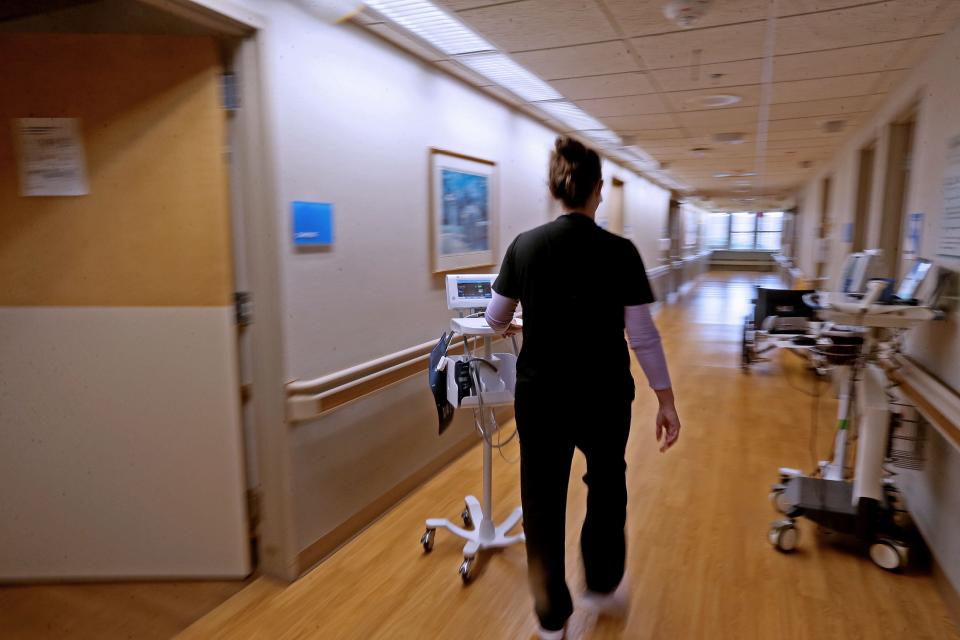
"Part of human nature is to do whatever it is we can to help somebody who is sick,” said Muennig.
The physician and professor of health policy and management — who shared his estimates on life-saving costs for the flu and high blood pressure in a presentation at the University of Wisconsin-Madison — does research on the best mix of social policies to improve health. Those include reduced class size, pre-kindergarten programs, lead abatement programs, welfare reform, transportation policies and health insurance.
“A lot of these programs actually don’t work,” Muennig said. “But a lot of them do.”
The challenge is identifying the programs that do work and can be implemented widely.
“There is moral obligation for the government to provide for families who can’t provide for themselves,” said Angela Rachidi, a senior fellow at the American Enterprise Institute and a visiting scholar at Badger Institute, a Wisconsin policy research institute. “But it has to be done in an effective way.”
The key: “Be smart about it and target it to those who need it,” she said.
At the same time, be aware of the tradeoffs.
"The challenge for policymakers is to craft those policies in a way that minimize tradeoffs," said Rachidi, who believes in limited government. "And that raises a lot of complexities.”
Not wrong, just incomplete
None of this is to dismiss personal responsibility.
Welfare reform in the 1990s led to more people working, and, when combined with the Earned Income Tax Credit and food stamps (now the Supplemental Nutrition Assistance Program, or SNAP) dramatically reduced the number of children living in poverty.
Nor can the importance of marriage and two-parent households be ignored. Children born outside marriage are approximately five times more likely to be poor than children born to married couples, noted the 2015 report by the American Enterprise Institute and the Brookings Institution, two well-known think tanks. Some children do fine, the report notes. But on average they face much worse odds.
Even people who considered themselves liberal believe that health is predominantly influenced by lifestyle and access to health care, according to the 2018 National Survey of Health Attitude developed and done by Rand Corp., and the Robert Wood Johnson Foundation, the country’s largest philanthropy devoted to improving health, and the Rand Corp.
Those most likely to believe this were predominantly white, educated and had higher incomes.
“It’s not that it’s wrong,” said Geoffrey Swain, a physician and emeritus professor at the University of Wisconsin School of Medicine and Public Health. “It’s just that it’s incomplete.”
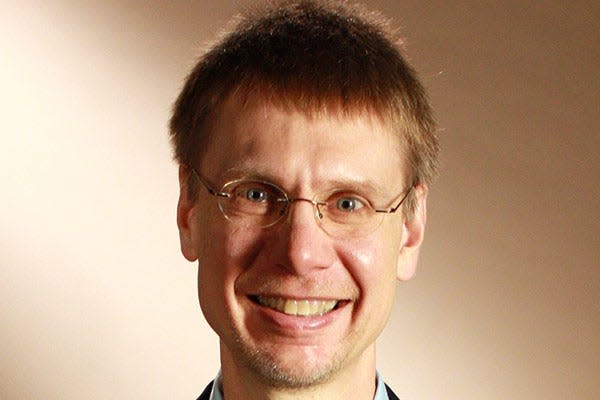
The people surveyed who had the broadest view of what drives health — those who also cited social and economic conditions — were more likely to belong to racial and ethnic groups and tended to be female, older and have lower incomes.
For people who are middle class or affluent, the day-to-day lives of people who are poor is an abstraction.
“Many people are living in constant crisis,” said Bob Waite, who oversees data at Impact, the nonprofit, confidential 211 helpline and online resource directory for nine counties in southeastern Wisconsin. “It’s normalized life for so many people to have to constantly be worrying about all these things that a lot of people take for granted.”
Relatively minor setbacks, such as car repairs or a few days of missed work because of sickness, can instigate a financial emergency.
“We can’t keep vilifying the poor people who are struggling,” Waite said. “Everyone will benefit if they do well."
Social benefits also are less generous than most people realize.
For example, roughly one in four people who are eligible for housing vouchers, which limit rent to 30% of household income, receive them. Yet stable, affordable housing is widely considered an essential foundation not only for health but also for almost every other aspect, from schooling to employment, in a family’s life.
Further, children fortunate enough to grow up in a middle or upper-middle class family and neighborhood have clear advantages over children who grow up poor in a segregated neighborhood.
Researchers at diversitydata.org have compiled a Child Opportunity Index based on a wide range of measures on neighborhood conditions that shape children’s health and development.
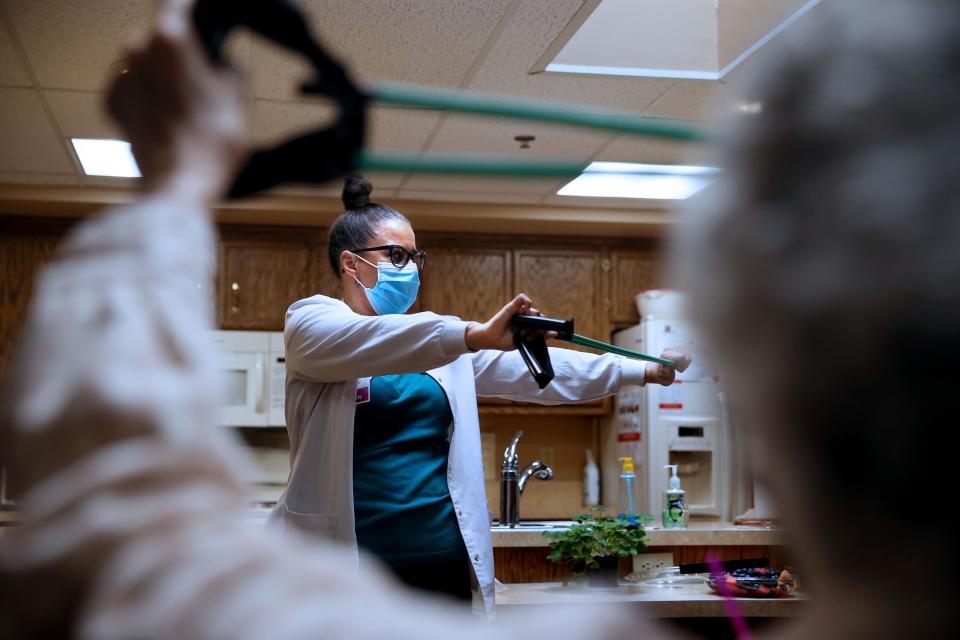
In the Milwaukee metro area, the typical white child grows up in a neighborhood with a Child Opportunity Score of 85. The typical Black child grows up in a neighborhood with a score of 6.
That gap is the widest of the 100 largest metro areas in the country.
Studies also show that people overestimate the chances of upper mobility in America — a cornerstone of the American Dream.
People are more likely to move up the economic ladder in Canada and Australia than in the United States. The chances of someone who grows up poor making a better life is even higher in Germany, Japan, Sweden and Finland.
'Investing in the future. Period.'
The right programs, well funded and effectively run, have the potential to not only lower health care costs but also generate additional returns, particularly for kids, such as higher college graduation rates or lower crime.
“Much of how we frame our language in the world of pediatrics and in particular in public health is exactly that you are investing in not just the future of this child,” said Veronica Gunn, a pediatrician and CEO of Genesis Health Consulting in Milwaukee. “You are investing in the future. Period."
Children who grow up in poverty are more likely to have physical and behavioral health problems. They are more likely to struggle in school, and the achievement gap is wider today than it was in the early 1990s. Fewer than one in five go on to graduate from a four-year college.

Advances in science help explain why.
The chronic stress of growing up on poverty speeds aging and can have lifelong effects on health.
It also can change the wiring in a child’s brain, especially in the first three years of life, affecting the parts devoted to such tasks as focusing, memory and self-control — traits important for success in school and work.
By the start of kindergarten, children from poor families perform significantly worse on tests than children from higher-income families, and teachers report that they have more difficulty paying attention and are more likely to have behavioral problems.
Further, chronic stress in a child can affect their parenting skills when they become adults. As they grow up, they are at greater risk of having behavioral health and substance abuse problems as well.
In Milwaukee, where almost one in four children live in households with incomes below the poverty threshold, the impact on long-term worker productivity, economic growth and lost potential is devastating.
Swain cites one example: Wisconsin now spends more on prisons than on the University of Wisconsin System.
The state has budgeted $2.5 billion for correctional operations compared with $2.4 billion for the UW System for the 2021-2023 fiscal years.
The budget for prisons also is double the $1.1 billion allocated for the state’s technical colleges.
No political gain from long-term results
None of this makes proposals to address the so-called social determinants or drivers of health an easy sell.
Lessening health disparities — poorer health overall for people with low incomes — is not a priority for many people.
Only 31% of those polled in the 2018 National Survey of Health Attitudes, for instance, strongly agreed that it would be unfair if some people had more of an opportunity to be healthy than other people.
That likely holds even if the programs save health care dollars in the long run.
“It's not about saving money in the long term,” said Stephanie Robert, a professor of social work at UW-Madison whose research focuses on social policy as health policy. “It's about just the concept of paying money that is going to support other people.”
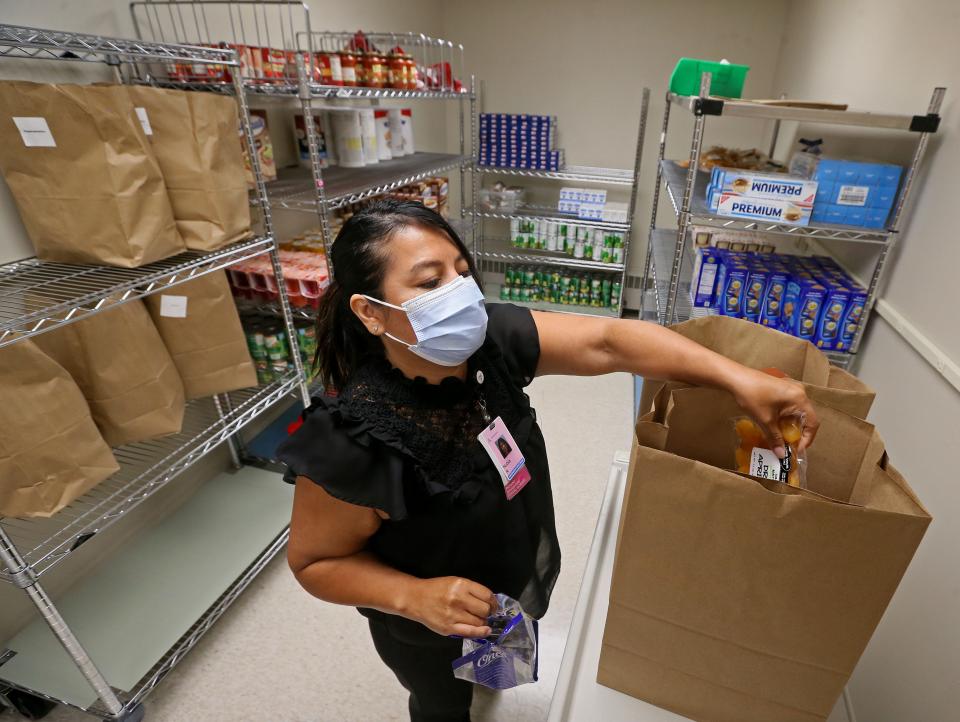
The lack of easily measurable, short-term results doesn’t help. Foundations want to show results to their donors; politicians want a springboard for their next campaign.
Increased spending on home visiting programs, such as Parents as Teachers, Nurse-Family Partnership and Early Head Start, holds the potential of improving parenting skills and lessening the overall gap between children from poor families and other children when they enter kindergarten.
But the potential benefits — such as more children who obtain the skills needed to get a high-paying job in adulthood — will not be seen for 20 years.
“Spend a lot of money now and you'll benefit 20 years from now doesn't help anyone politically,” said Niederdeppe, the Cornell professor.
Without new approach, 'it hurts us all'
So far, the biggest source of agreement across the political spectrum — at least to some degree — is investing in early childhood development and education.
“The focus should be on targeted investment to those kids who need educational opportunities the most — because research shows those are the crucial years,” said Rachidi of the American Enterprise Institute and the Badger Institute.
She cites programs such as the Nurse-Family Partnership, which have been rigorously evaluated and largely shown to be effective.
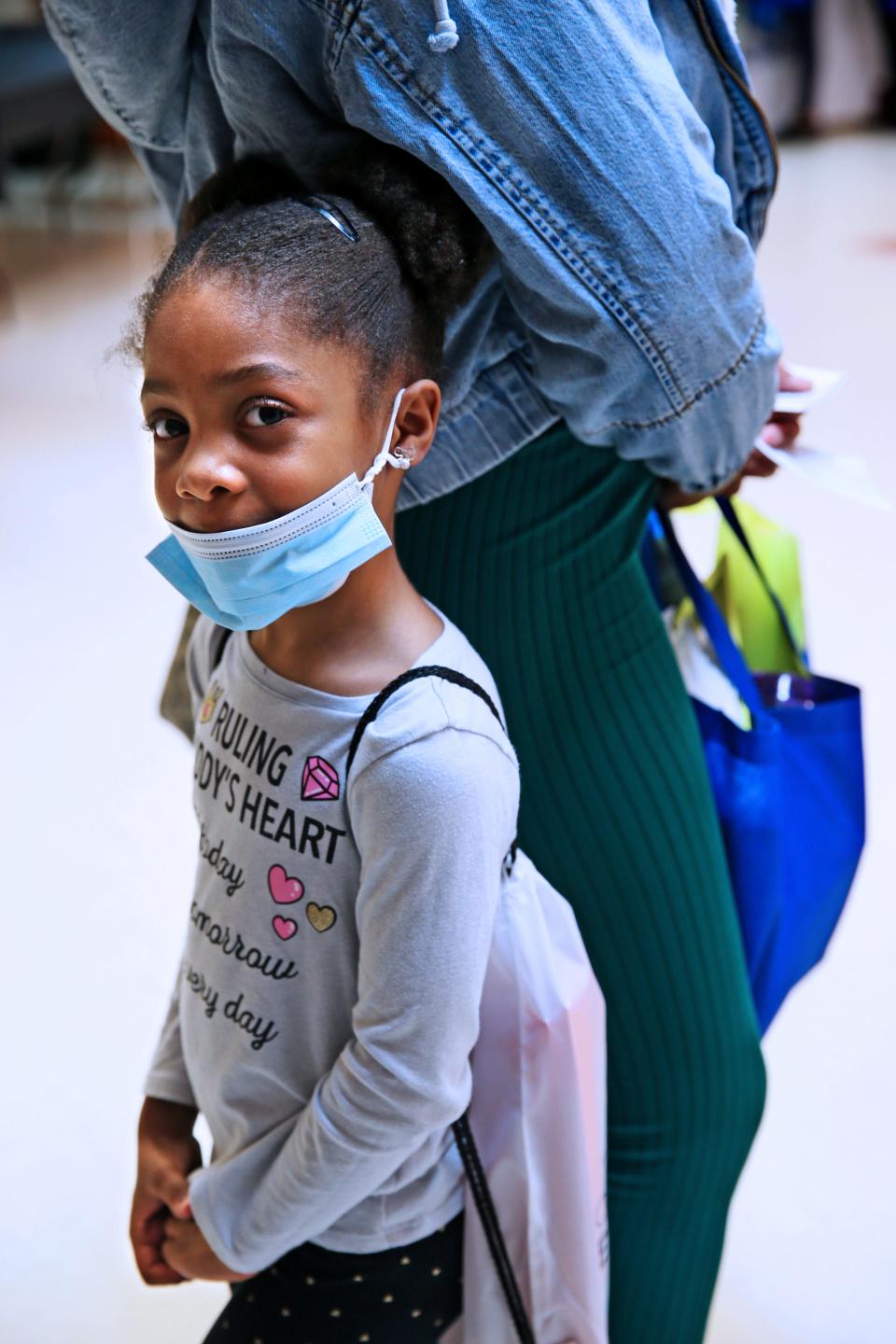
What matters is spending money wisely.
The recent proposal to expand the child tax credit, for instance, was estimated to cost $100 billion a year.
“What if you put $100 billion a year into home visiting programs?” Rachidi asked.
Muennig, whose research focuses on the best mix of social policies to improve health, would increase the Earned Income Tax Credit, to give people in low-wage jobs more income, as well as focus on child development and quality preschool programs.
“It’s an investment with pretty good returns,” he said.
The programs can be relatively expensive.
But so is the cost of what the country spends on blood pressure medication.
“You are talking about a tiny fraction of that cost,” Muennig said.
Muennig is among the growing body of physicians, health policy experts and organizations drawing attention to the idea that money spent on health care could be better spent elsewhere.
One of those organizations is the Health Initiative — a national campaign to persuade health insurers, foundations and federal and state agencies to increase investments in the social, economic, environmental and behavioral influences on health.
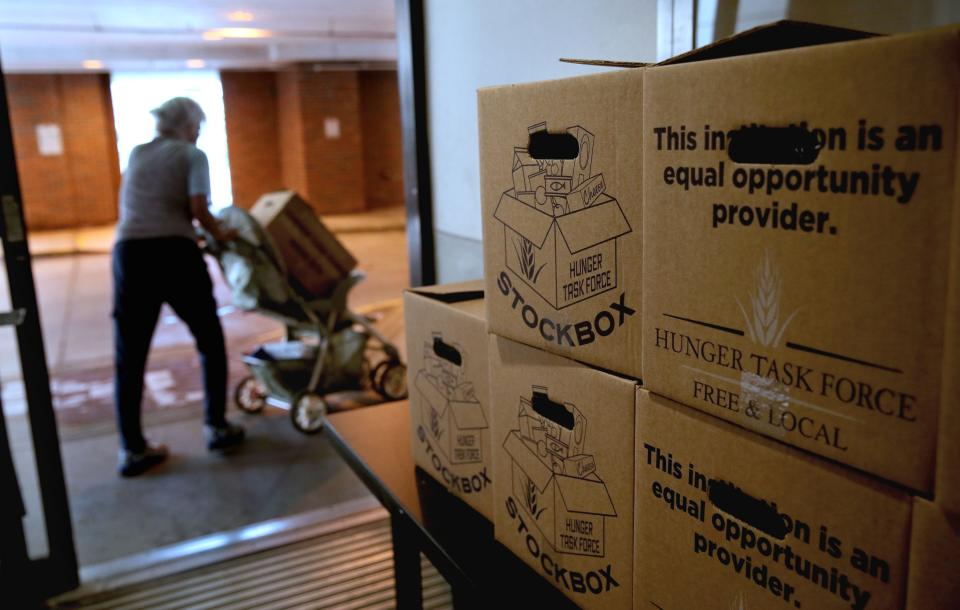
Gunn, the pediatrician, is on the organization’s board and was a top executive at Children's Wisconsin. She stressed the potential benefits of a new approach
“It does not benefit any of us if there are segments of our population — of our collective society — that do not have opportunities for optimal health,” Gunn said. “It hurts us all. This is not just something nice that we, the privileged, need to do to help ‘those poor individuals.’ It is something that we, as a society, really have to do.”
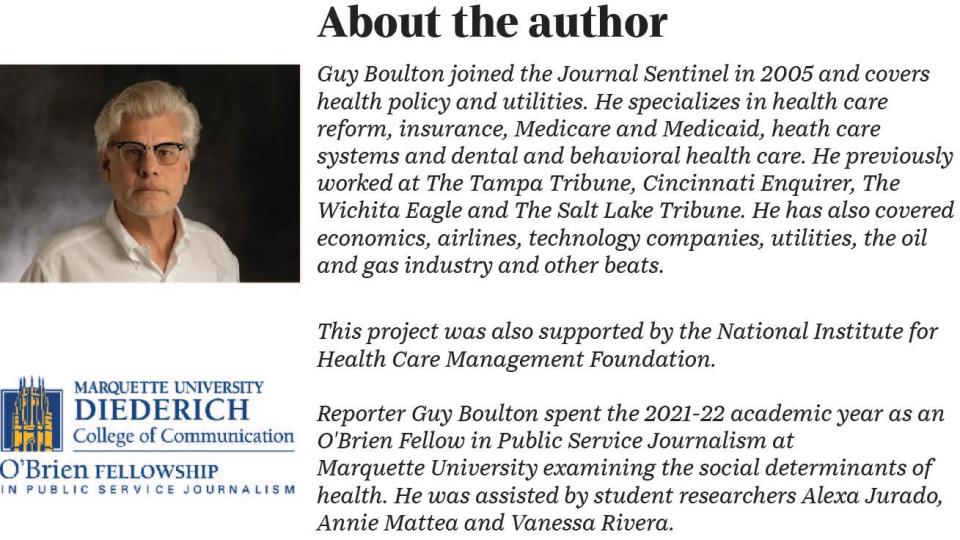
This article originally appeared on Milwaukee Journal Sentinel: The U.S. cherishes the American Dream. But what about those who fail?

